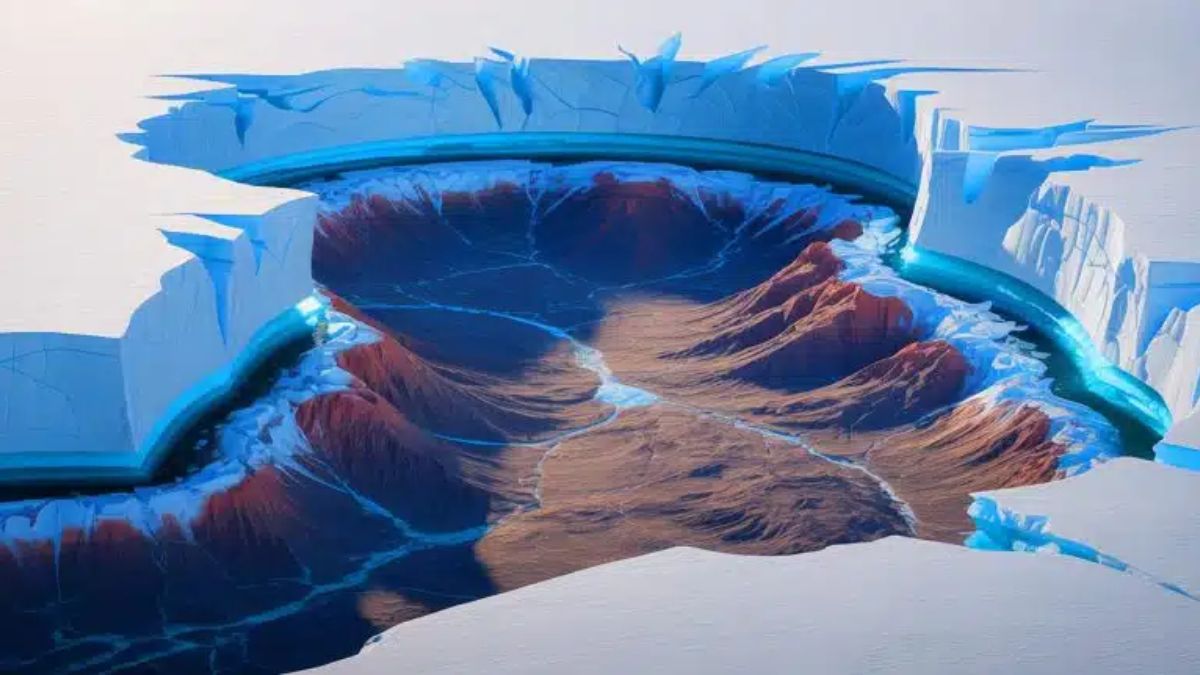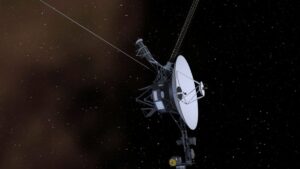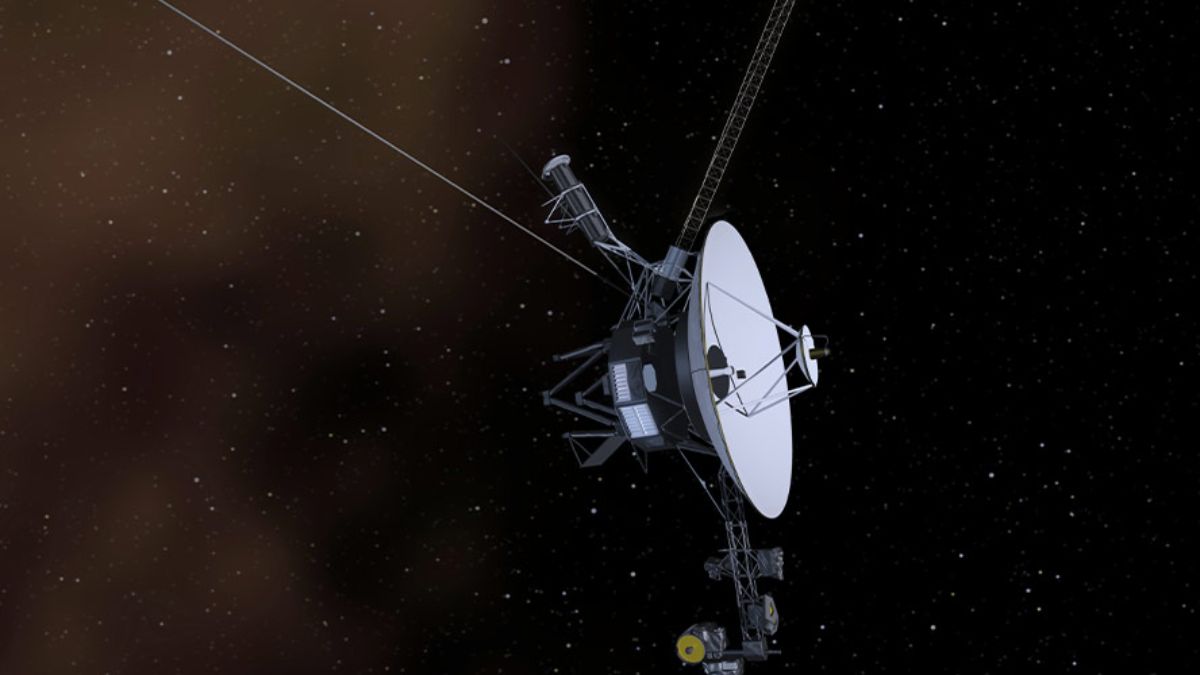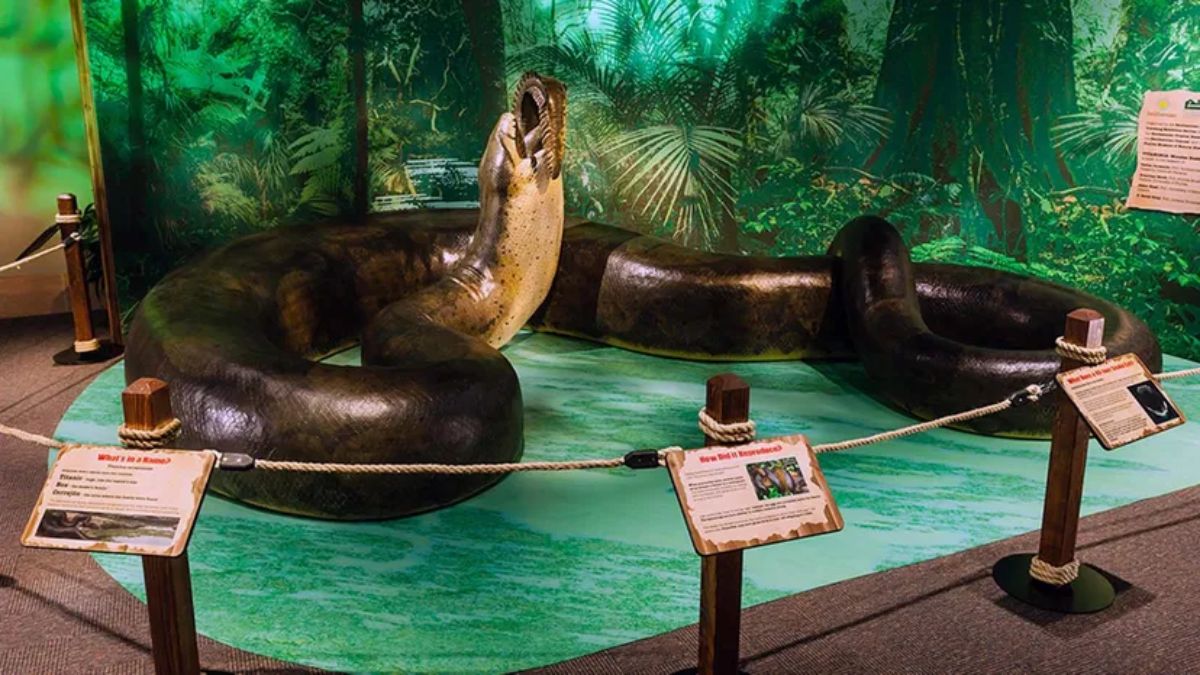An astonishing discovery has just come from one of the coldest places on Earth—Antarctica. An international team of scientists has uncovered a prehistoric ecosystem buried 1.24 miles beneath the ice, dating back an incredible 34 million years. This unexpected find gives us a unique glimpse into Earth’s ancient past, before modern climate change even existed.
Table of Contents
Thanks to advances in science and technology, we now have the ability to study what life was like when our planet was entering a much colder phase. So let’s take a deeper look at this icy time capsule and what it could mean for our future.
Antarctica
Before jumping into the discovery, it helps to understand where it was made. Antarctica is the southernmost continent on Earth, known for its extreme environment. It’s cold, windy, and dry—and it’s also a hotspot for climate research.
Here are a few quick facts to set the scene:
- 98% of Antarctica is covered by thick ice.
- Wildlife includes penguins, seals, and whales.
- Temperatures can drop below –80°F in the winter.
- It plays a key role in understanding both past and present climate changes.
And under all that ice, scientists just found something that no one expected.
Discovery
A research team led by experts from the University of Tasmania in Australia uncovered frozen sediments deep under the Antarctic ice. Inside those sediments, they found microfossils—tiny preserved forms of life that include:
- Plankton
- Diatoms (microscopic algae)
- Foraminifera (small marine organisms)
Along with these, there were also plant remains, bits of organic material, and clues about a thriving ecosystem that once existed long before the region was buried in ice.
In simple terms, they found proof that Antarctica once looked very different—warmer oceans, more plant life, and a much milder climate.
Tools
Uncovering a 34-million-year-old ecosystem wasn’t easy. Scientists had to rely on some high-end technology to make it happen.
Here’s what they used:
| Tool or Method | Purpose |
|---|---|
| Deep Ice Drilling | To reach sediments beneath 1.24 miles of ice |
| Microscopes | To examine tiny fossil organisms |
| Computer Modeling | To recreate ancient sea and land conditions |
Thanks to these tools, researchers were able to bring this ancient ecosystem back to life—at least on a computer screen.
Importance
Why is this discovery such a big deal? Because it gives scientists a snapshot of the Earth at a crucial moment: the end of the Eocene period. This is when the planet started cooling significantly, leading to mass extinctions and the formation of polar ice sheets.
Here’s what this ancient world can teach us:
- Past climates: The sediments help us understand what temperatures and ecosystems looked like before the Earth cooled down.
- Early life: The fossils reveal what types of life thrived in Antarctica before it became the icy desert we know today.
- Future predictions: By studying what happened during this ancient climate shift, scientists can better predict the effects of today’s global warming.
Us
So, what does this have to do with you and me?
Plenty. Knowing how climate has changed in the past can help us plan for the future. If governments and institutions know what may happen due to global warming, they can make smarter decisions about climate policy and environmental protection.
This isn’t just about the past. It’s about using history to shape a better future.
And let’s not forget: every scientific discovery adds another piece to the puzzle. Even if it doesn’t seem urgent now, it might be the key to solving problems down the road.
So next time you hear about a research team digging through ice in a far-off land, remember—it could be the start of something big.
FAQs
What did scientists find in Antarctica?
A 34-million-year-old ecosystem under the ice.
What fossils were discovered?
Plankton, diatoms, foraminifera, and plant remains.
How deep was the discovery?
About 1.24 miles beneath the Antarctic ice sheet.
Why is the finding important?
It helps predict climate change and Earth’s past.
What tools were used in the study?
Drilling, microscopes, and climate modeling software.

















